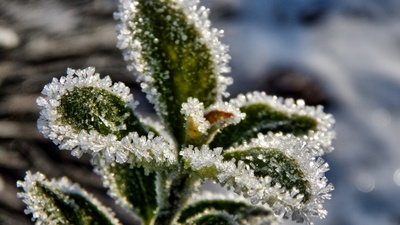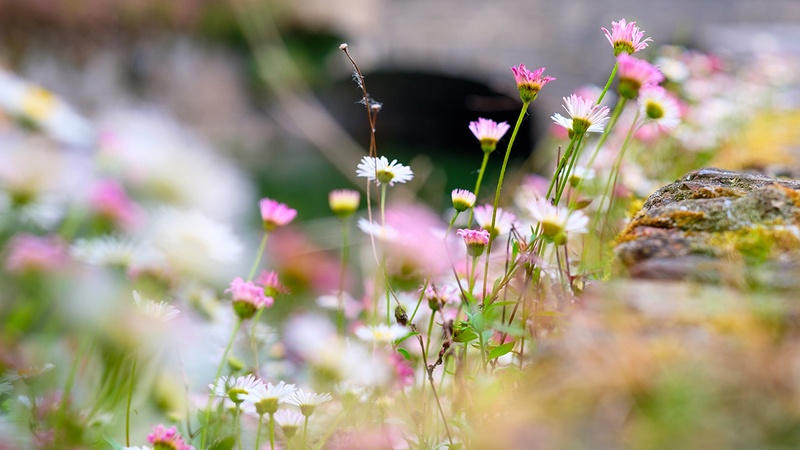While it may be “nothing” compared to our neighbors up north, we Floridians do in fact experience cold weather and even freezes! I know, it’s tough for us to put away the flip-flops, but more importantly, we want to keep our tropical, beautiful, sun-loving plants alive.
So, fellow Floridians here’s how to implement some simple proper planning and care that makes a life or death difference for our landscape plants:
First of all, plan ahead:
Our meteorologists do their best to predict future temperatures within at least a few degrees, give or take. So if they’re telling you a freeze or frost is predicted for your area, do the right thing for your plants and cover all of them with frost blankets so you’ll be prepared ahead of time.
Keeping your plants healthy during cold weather gives them an edge on faster recovery when it warms up.
Don’t fertilize when it’s cold.
Applying fertilizer encourages new growth, which means newborn baby plants - and newborn baby plants are much more susceptible to damage and injury from the cold. Postpone fertilization until spring or move them to a protected area.
Cover your plants the right way!
Throwing a cover over the top of your plants is not enough to give them the protection they need. During a hard freeze, your covers should entirely cover the plant all the way to the soil. This way, the ground heat is trapped beneath your plant. You might even want to add an electric light bulb underneath the cover for extra heat. If your cold-sensitive plant is too large to wrap completely, use several layers of newspaper of cloth to wrap the trunk. Remember to remove the covers once the outside temperature rises above freezing.
If you waited too long, no worries.
If, despite your best efforts, your plants are still damaged by the cold, don’t rush to prune away the damages. Instead, wait for spring. Your cold-injured plants will still sprout below the damage, so you can see exactly where to prune.





